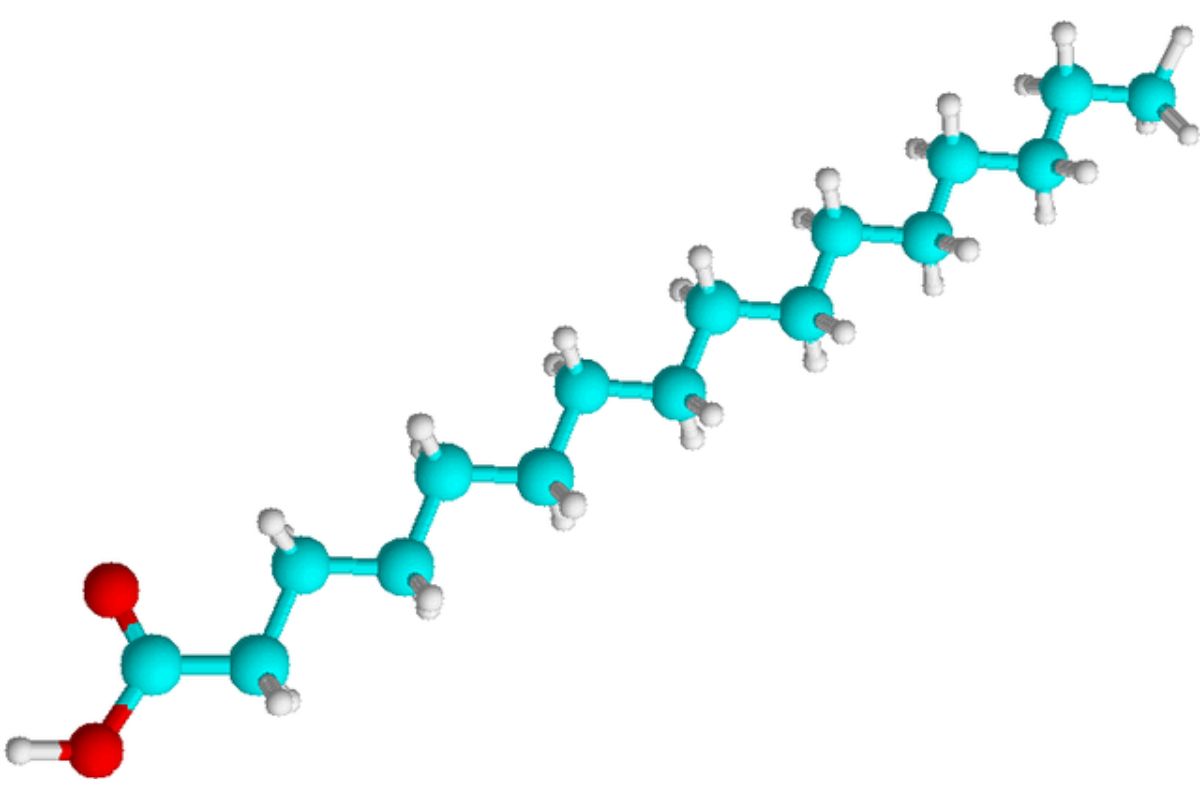
What is Palmitin? Palmitin, also known as tripalmitin, is a triglyceride derived from palmitic acid. Why is it important? This compound plays a crucial role in the structure of fats and oils found in both plants and animals. Where can you find it? Common sources include palm oil, butter, and other animal fats. What does it do? Palmitin serves as an energy reserve and is involved in metabolic processes. Is it safe? Generally, it is safe for consumption but should be moderated due to its saturated fat content. Why should you care? Understanding palmitin can help you make informed dietary choices and grasp its role in biochemistry. Ready to dive into 29 intriguing facts about palmitin? Let's get started!
What is Palmitin?
Palmitin, also known as tripalmitin, is a triglyceride derived from palmitic acid. It is commonly found in animal fats and some vegetable oils. This compound plays a significant role in various biological and industrial processes. Let's dive into some fascinating facts about palmitin.
Chemical Composition and Structure
Understanding the chemical makeup of palmitin helps in grasping its functions and applications.
- Palmitin is a triglyceride: It consists of three molecules of palmitic acid esterified to a glycerol backbone.
- Chemical formula: The molecular formula of palmitin is C51H98O6.
- Solid at room temperature: Due to its high melting point, palmitin remains solid at room temperature.
- Hydrophobic nature: Palmitin is non-polar, making it insoluble in water but soluble in organic solvents like ethanol and chloroform.
Natural Occurrence
Palmitin is naturally present in various sources, both animal and plant-based.
- Found in animal fats: It is a major component of animal fats such as lard and tallow.
- Present in palm oil: Palm oil is rich in palmitin, contributing to its semi-solid state at room temperature.
- Exists in dairy products: Butter and other dairy products contain significant amounts of palmitin.
- Occurs in human body: Palmitin is synthesized in the human body and stored in adipose tissues.
Biological Functions
Palmitin plays several crucial roles in biological systems.
- Energy storage: It serves as a long-term energy storage molecule in animals.
- Cell membrane structure: Palmitin contributes to the structural integrity of cell membranes.
- Metabolic processes: It is involved in various metabolic pathways, including the synthesis of other lipids.
- Hormone production: Palmitin is a precursor for the synthesis of certain hormones and signaling molecules.
Industrial Applications
Beyond its biological importance, palmitin has numerous industrial uses.
- Food industry: Used as an ingredient in margarine, shortening, and other processed foods.
- Cosmetics: Incorporated into creams, lotions, and other skincare products for its emollient properties.
- Pharmaceuticals: Utilized in the formulation of certain medications and supplements.
- Soap making: Palmitin is a key ingredient in the production of soaps and detergents.
Health Implications
The presence of palmitin in the diet has various health implications.
- Saturated fat: Palmitin is a type of saturated fat, which has been linked to cardiovascular diseases when consumed in excess.
- Cholesterol levels: High intake of palmitin can raise LDL cholesterol levels, increasing the risk of heart disease.
- Inflammation: Excessive consumption may contribute to inflammation and related health issues.
- Moderation is key: While palmitin is essential for certain bodily functions, it should be consumed in moderation to maintain overall health.
Environmental Impact
The production and use of palmitin also have environmental consequences.
- Deforestation: Palm oil production, a major source of palmitin, often leads to deforestation and habitat loss.
- Biodiversity loss: The expansion of palm oil plantations threatens wildlife and reduces biodiversity.
- Sustainable practices: Efforts are being made to promote sustainable palm oil production to mitigate environmental damage.
Interesting Tidbits
Here are some lesser-known facts about palmitin that might surprise you.
- Historical use: Palmitin has been used for centuries in traditional medicine and cooking.
- Synthetic alternatives: Scientists are developing synthetic alternatives to palmitin for use in various industries.
- Biodegradable: Palmitin is biodegradable, making it an environmentally friendly option in certain applications.
- Research: Ongoing research explores new uses and benefits of palmitin in health and industry.
- Flavor enhancer: In small amounts, palmitin can enhance the flavor and texture of food products.
- Versatility: Its versatility makes palmitin a valuable compound in both everyday life and specialized applications.
The Final Scoop on Palmitinic Acid
Palmitinic acid, a saturated fatty acid, plays a crucial role in various biological functions. Found in palm oil, dairy products, and meat, it's a key component in the human body. This fatty acid contributes to the structure of cell membranes and serves as an energy source. Despite its benefits, excessive intake can lead to health issues like heart disease. Moderation is key. Understanding the balance between beneficial and harmful effects is essential for maintaining good health. Incorporating a variety of fats in your diet, including unsaturated fats, can help achieve this balance. So, next time you encounter palmitinic acid, you'll know its significance and how to manage its intake wisely. Stay informed, stay healthy!
Was this page helpful?
Our commitment to delivering trustworthy and engaging content is at the heart of what we do. Each fact on our site is contributed by real users like you, bringing a wealth of diverse insights and information. To ensure the highest standards of accuracy and reliability, our dedicated editors meticulously review each submission. This process guarantees that the facts we share are not only fascinating but also credible. Trust in our commitment to quality and authenticity as you explore and learn with us.
